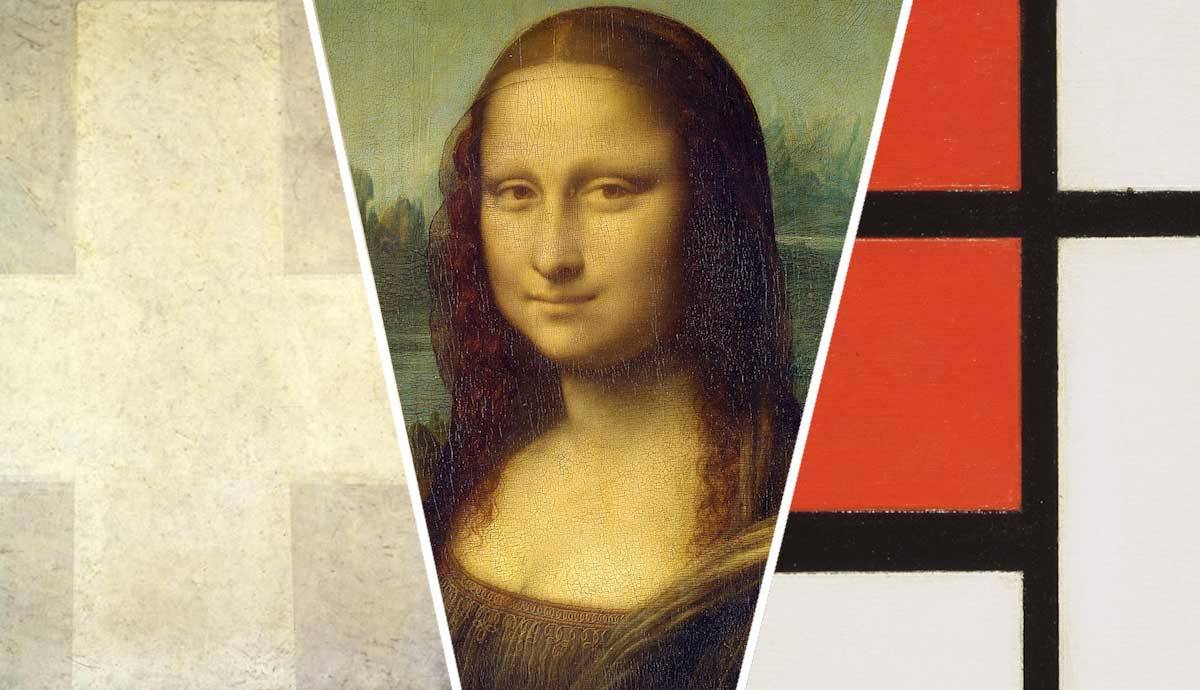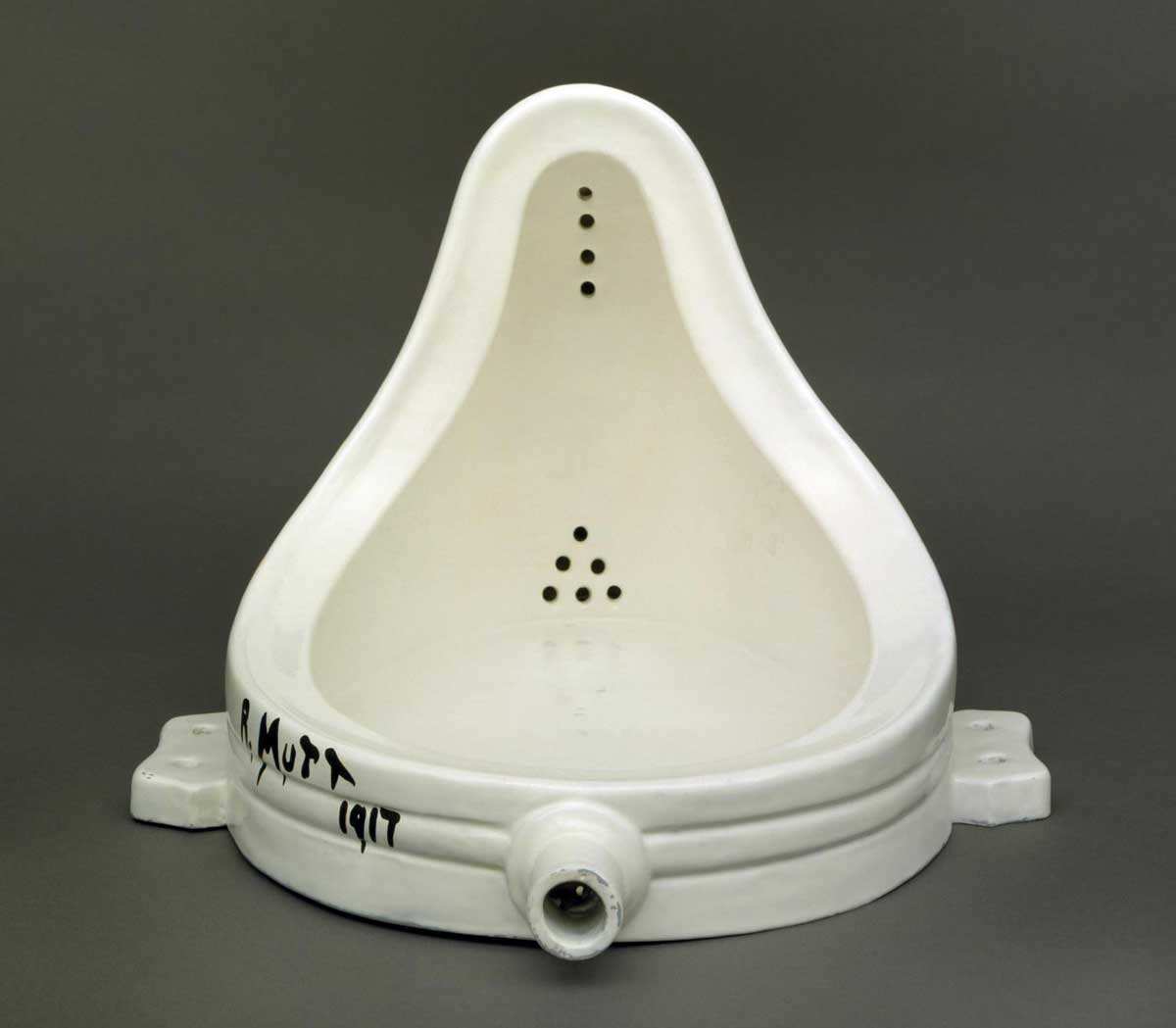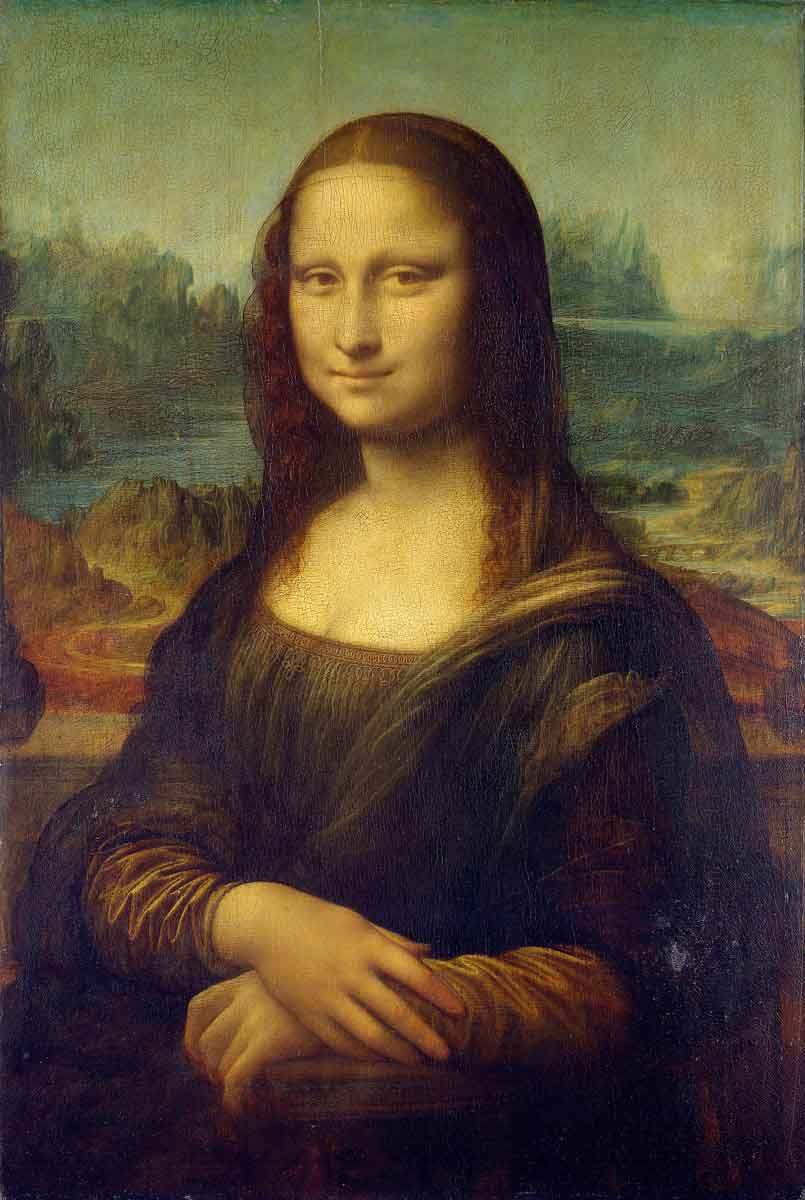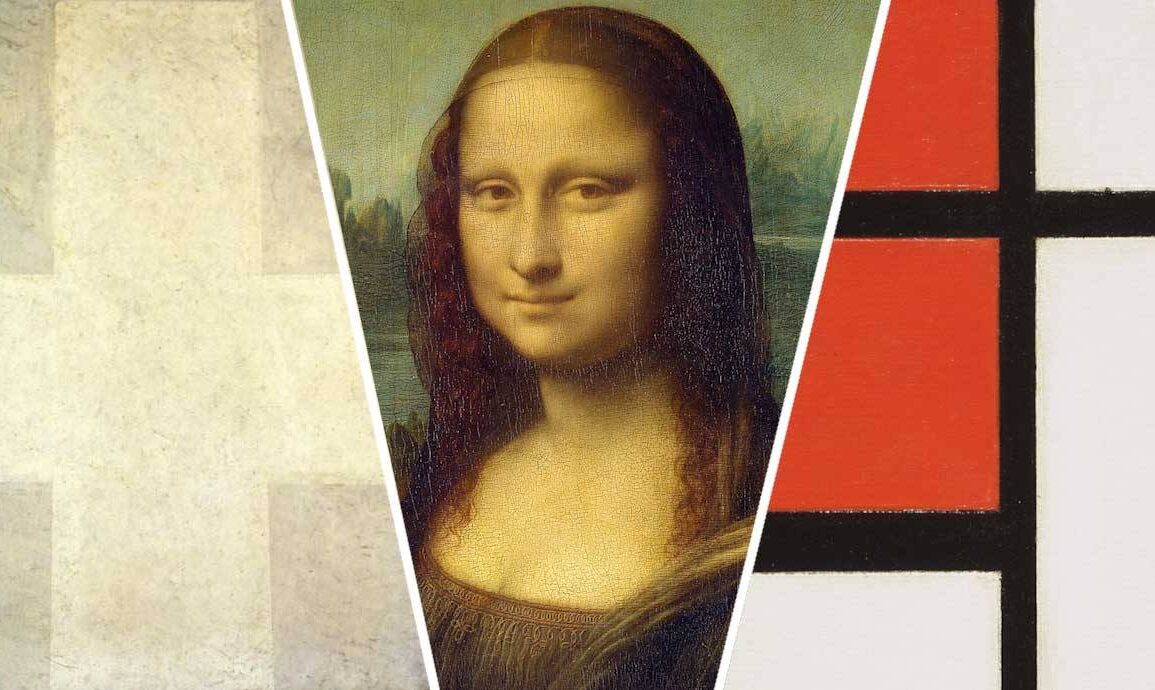
The deliberate destruction of works of art, also known as art vandalism, is the sort of crime that rarely leaves people indifferent. In the majority of the registered cases, acts of art vandalism are committed not by outraged visitors but by aspiring artists aiming to leave their mark on pieces of history. Here are seven outrageous yet remarkable cases of art vandalism.
1. Art Vandalism Against Barnett Newman

In 1986 an unsuccessful realist artist Gerard Jan van Bladeren entered the Stedelijk Museum in Amsterdam. He then headed directly to the room where Barnett Newman’s work Who’s Afraid of Red, Yellow, and Blue III was and slashed it with a utility knife. Van Bladeren claimed that he was acting as nature against the vicious ideologies of modern art.
But what made the case truly remarkable was not the act itself but the public reaction to it. While art professionals and conservators were fearfully assessing the damage, some visitors sent letters to the Stedelijk Museum suggesting van Bladeren as its new director.
The court sentenced Gerard Jan van Bladeren to five months in prison. Yet, nine years later, the vandal returned to finish his job. Since Red, Yellow, and Blue wasn’t on display at the time, he turned his knife against another work of Newman called Cathedra (1951). While the latter painting was successfully restored, the restorers could not reverse all of the damage caused during the 1986 attack. The original layer of paint in Who’s Afraid of Red, Yellow, and Blue III could not be reconstructed, and the canvas was painted over several times.
2. The Artist Who Wanted to Free Marcel Duchamp

Get the latest articles delivered to your inbox
Sign up to our Free Weekly Newsletter
Marcel Duchamp’s Fountain is one of the most provocative artworks ever. Since its first public exhibition in 1917, it kept offending the taste of many audience members with its simplicity and indecency. After all, a urinal is not a thing you would expect to see outside of a restroom, let alone inside an art gallery. Although the original work has been lost, numerous copies in the world’s most famous museums keep attracting vandals.
Most of the vandals tried to urinate in it. Some of them were, unfortunately, successful. These perpetrators claimed that they not only rightfully used the object but added their own artistic touch to it. In 2006, the French performance artist Pierre Pinoncelli damaged a copy of the work at the Pompidou Center using a hammer. The Fountain was only slightly chipped, however, it was immediately removed from display. A 76-year-old Pinoncelli called himself a Neo-Dadaist and claimed he wanted to save the artwork from the institution and not destroy it. The French police had been keeping an eye on Pinoncelli and his destructive performances. He even appeared as Santa Claus at a department store in Nice just to break all the toys inside his present sack in front of crying children and their outraged parents.
3. The Provocateur Who Vomited Paint on a Mondrian

In 1996, an attention-seeking aspiring artist Jubal Brown left his native Toronto to visit New York’s Museum of Moden Art. There, he vomited all over a work made by Piet Mondrian titled Composition with Red and Blue. Initially, MoMA employees believed this was an accident, yet two facts about Brown do not fit into that. First of all, the trace left by the visitor had an intense blue color. While someone’s dietary habits barely could be regarded as evidence, another fact made the situation clear: several months before the incident, Brown had the same accident happen to him in the Art Gallery of Ontario when he vomited red on Raoul Dufy’s Port of le Havre. As the investigation progressed, the mixture was revealed to be a combination of colored gelatine and cake icing.
Brown confessed that the two acts were parts of his three-stage performance. For the final act, Brown meant to vomit yellow on a third artwork, yet thankfully he never did this. The motivation behind the gross act was to demonstrate a reaction to art. The vandal claimed that both Mondrian and Dufy were so boring they needed more color in them. Thankfully, restoration teams in both New York and Toronto were able to quickly clean the paintings, preventing further damage.
4. The Drunk Who Punched a Monet

In October 2007, a group of five drunk individuals felt a sudden urge to visit the Musée d’Orsay in Paris at 1 in the morning. The museum was obviously closed at the time, so they broke in through the back door. As expected, the alarm went off right after the break-in, and the group fled. Moments before their escape, one of the perpetrators punched a work by Claude Monet called The Argenteuil Bridge. The painting was located on the ground floor of the museum. Despite being caught on the surveillance cameras, the vandals have not been arrested yet.
Unfortunately, the incident at the d’Orsay was not the only time someone punched a Monet. In 2012, an Irishman Andrew Shannon attacked Argenteuil Basin with a Single Sailboat at the National Museum of Ireland. Originally, Shannon claimed that this was done in protest of the government, however, during the trial he insisted that the punch was accidental and caused by a fall. Yet the video of the attack helped prove Shannon’s original malicious intent. The vandal was sentenced to five years in prison, followed by a fifteen-month ban from all art galleries and museums. Thankfully, both the French and the Irish painting were successfully restored and put back on display.
5. The Vandal Who Sued His Victim

One of the most famous yet controversial contemporary artists Damien Hirst found himself in the middle of a vandalism scandal in 1994. One of Hirst’s infamous formaldehyde installations called Away From The Flock, featuring a preserved white lamb in a glass tank, suddenly turned pitch black. This was caused by the actions of another aspiring artist called Mark Bridger who poured black ink into the tank. For some reason, the top part of the tank was unsealed, allowing Bridger to open it. Although some saw this as an act of jealousy, Bridger explained his actions as provoked by the sense of mortality coming from the artwork.
Bridger’s ambitious idea to call his act an artistic collaboration did not sit well with the investigators. However, Damien Hirst was not as outraged by the vandal’s action as he was expected to be. Several years after the incident, he published a photograph of the Black Sheep (the title given by Bridger) in an album of his work. What was the vandal’s reaction? He sued Hirst for copyright infringement!
6. The Man Who Put a Price Tag on Malevich

Another case of outrageous art vandalism at the Stedelijk Museum in Amsterdam happened in 1997 when a Russian performance artist Alexander Brener painted a dollar sign over a Kazimir Malevich painting The White Supremacist Cross. Unlike other vandals on this list, Brener was an accomplished artist, who is today regarded as one of the leading figures of the Moscow Actionist movement. His reputation, however, did not save him from serving a prison sentence and paying for the work’s restoration. Saving the work was a difficult quest for the restoration team since the green paint used by Brener leaked deep into the cracks of the original layer.
Brener claimed that his work was a social commentary on the commodification of art and the loss of the immaterial. The court did not agree with his best intentions, but this act of vandalism still sparked a debate among the public. While the majority of art experts did not find anything artistic in this act, some insisted that the commercialization of the art market was a process dramatic enough to justify Brener’s radical reaction.
7. Art Vandalism and Mona Lisa

Probably the most famous painting in the world, Leonardo da Vinci’s Mona Lisa, had a long history of being targeted by art thieves and vandals. Mona Lisa’s worldwide popularity started with the scandalous disappearance of the painting in 1911. One of the suspects was none other than Pablo Picasso.
With great popularity came great risk. The earliest recorded account of violence inflicted on the painting happened in the mid-1950s. A man attempted to cut the work out of the frame with a razor blade, claiming he was in love with Gioconda. After the initial attack, the Louvre curators protected the work with a glass case. This decision would prove to be wise in 1956 when a homeless Bolivian man threw a rock into it.
Unfortunately, this was not the end of attacks on the famous Mona Lisa. In 1974, a disabled woman visited the Tokyo National Museum, which had the painting on loan, and sprayed the work with red paint. She wanted to protest against the museum’s failed accessibility policy. In 2009, a Russian woman, furious after her French citizenship request was denied, threw a souvenir mug right into the protective glass. The glass wasn’t broken, however. The latest incident took place in May 2022, when a climate activist smeared the protective glass with a cake.
This post was originally published on this site be sure to check out more of their content.







